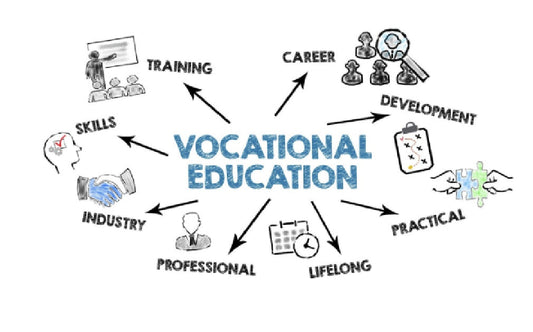Australia has long been a beacon of opportunity, drawing individuals from all corners of the globe in pursuit of better lives and careers. A recent report from Jobs and Skills Australia (JSA), titled "Australian Labour Market for Migrants," sheds light on the remarkable achievements of migrants in the Australian workforce. This comprehensive analysis reveals that migrants who arrived in Australia over the past 20 years not only exhibit higher labour force participation but also often enjoy lower unemployment rates compared to their Australian-born counterparts.
A Snapshot of Migrant Success
The JSA report underscores a significant trend: migrants from both main English-speaking countries (MESC) and other than main English-speaking countries (OTMESC) demonstrate higher labour force participation rates than Australian-born individuals. This trend is particularly notable among migrants who have arrived within the last two decades. In contrast, those who have been in Australia for over 20 years show a different pattern, with participation rates aligning more closely with those of native-born residents.
Factors Influencing Migrant Employment Outcomes
The report delves into various factors influencing employment outcomes for migrants, highlighting the complexities of their integration into the Australian labour market. Key determinants include:
- Skill Level: Migrants with higher skill levels tend to secure employment more readily, reflecting their ability to fill roles that demand specific expertise.
- Age: Younger migrants often adapt more quickly to new work environments, benefiting from greater flexibility and adaptability.
- English Language Proficiency: Proficiency in English is a critical factor, with higher proficiency correlating with better employment prospects.
- Recent and Relevant Work Experience: Migrants who possess recent and relevant work experience find it easier to transition into the Australian job market.
- Period Since Arrival: The length of time since arrival in Australia significantly impacts employment outcomes, with longer-established migrants typically experiencing lower unemployment rates.
The Journey of Recently Arrived Migrants
While the overall picture is positive, the journey for recently arrived migrants can be challenging. This group often faces higher unemployment rates initially, as they navigate the complexities of settling into a new country, acquiring necessary skills, and adapting to a different cultural and professional landscape. However, the resilience and determination of these individuals often lead to remarkable success stories.
Long-Term Success of Migrants
Migrants who have been in Australia for a longer period generally fare better in terms of employment. Their unemployment rates tend to be lower than those of Australian-born residents, reflecting their successful integration into the workforce. This trend highlights the importance of providing support and resources to newly arrived migrants to help them achieve long-term success.
Implications for Policy and Practice
The findings of the JSA report have significant implications for policymakers, educators, and employers. Understanding the factors that contribute to the success of migrants in the labour market can inform the development of targeted initiatives to support their integration. These might include language training programs, recognition of overseas qualifications, and mentorship opportunities to bridge the gap between migrants and their potential employers.
Celebrating Diversity and Inclusion
Australia's strength lies in its diversity, and the success of migrants in the labour market is a testament to the nation's inclusive spirit. By embracing the skills and talents of individuals from diverse backgrounds, Australia not only enriches its workforce but also fosters innovation and growth.
The Role of Vocational Education and Training (VET)
Vocational Education and Training (VET) plays a crucial role in supporting migrants as they integrate into the Australian labour market. VET programs offer practical skills and qualifications that are directly aligned with industry needs, providing migrants with a clear pathway to employment. Tailored VET programs that address the unique challenges faced by migrants, such as language barriers and the need for recognition of prior learning, are essential for their success.
The JSA's "Australian Labour Market for Migrants" report offers a compelling narrative of resilience, adaptability, and success. Migrants who have arrived in Australia over the past 20 years have demonstrated remarkable achievements in the workforce, often surpassing their Australian-born counterparts in terms of labour force participation and employment rates. By understanding and addressing the factors that influence migrant employment outcomes, Australia can continue to harness the potential of its diverse population, fostering an inclusive and prosperous society for all.
As we celebrate the triumphs of migrants in the Australian labour market, it is essential to continue advocating for policies and practices that support their integration and success. The VET sector, with its focus on practical skills and industry-aligned training, is uniquely positioned to play a pivotal role in this endeavor. By embracing the strengths and contributions of migrants, Australia can build a brighter and more inclusive future for all its residents.


































